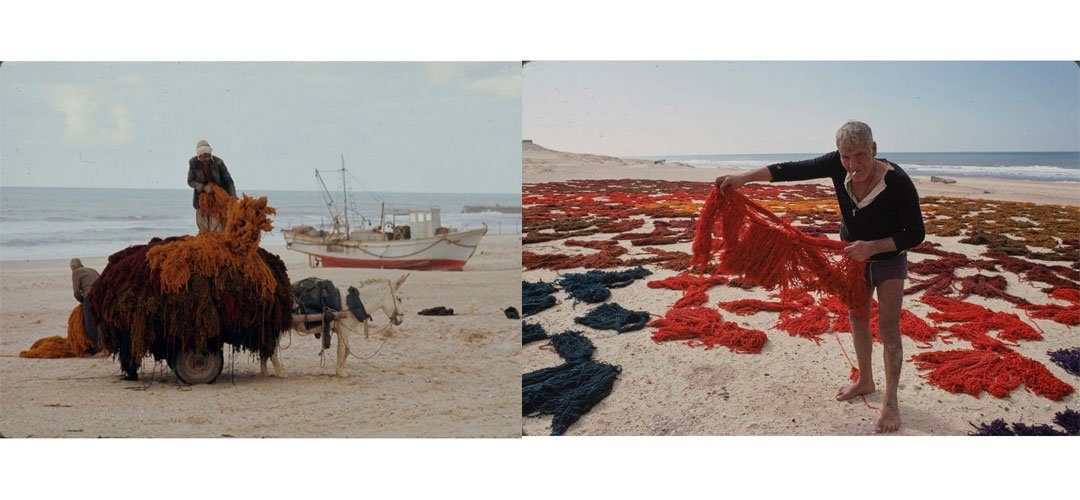At ecru we love learning about craft, especially handicraft, from different parts of the world. Growing up in Kuwait as a Kuwaiti, I was surrounded by Palestinian friends and extended family from the abundant diaspora. I quickly became familiar with their craft. Every year I would wait for the biannual Palestinian Cultural Center exhibition to purchase handicraft goods and food! From the traditional tatreez, cross stitching, to the beautiful ceramics, and hand made soaps. These crafts have a rich and long history.
Embroidery an exclusive female artistic tradition is a key custom in Palestinian clothing for hundred of years. There are two types, tatreez cross stitching and tahriri couch stitching.
Olive wood carving is a fixture of Bethlehem. It’s believed is its origins stem from the 4th century CE by monks who were building the Church of Nativity. However it wasn’t industrialized until the 16th and 17th century by Franciscan and Italian pilgrams who trained carpenters in the area. (Al Jazeera)
Palestinian pottery has a timeless beauty. Cooking pots, jugs, mugs and plates are still hand made in fire kilns. They are made by men and women from historic villages like al-Jib (Gibeon), Beitin (Bethel) and Senjel. These ceramics are produced in family owned factories in Hebron.
Nabulsi soap making is a Castile soap made only in Nablus in the West Bank. It is an olive oil based soap. Nabulsi soap makers are proud of the unique smell their soap produces, which they see as a signifier of their quality of the ingredients. Its reputation as a fine product, dates back to the early 10th century, and was exported across the Arab world and even Europe. Since the 19th century the production has plummeted, and there are only two factories left. (Zatoun)

Hebron’s craft is know is glass making. A key industry since the Roman rule in Palestine. The glass is made skillfully by hand blowing and working with extreme heat.

Gaza was a center of cloth production. It is believed that gauze originated in Gaza and originally name gazzatum. It was imported to Europe from the early 13th century. It was made either by a plain weave or a leno weave. (Britannica)
In the city of Al-Majdal, that has been destroyed, traditionally men loom on a single treadle loom using black and indigo cotton threads that were mixed with turquoise and fuchsia treads. The production of Palestinian customs and exports of thread to the Arab world was a key industry of the village of Majdel. The fabric today is revived in the arts and crafts village of Gaza. (Sanbula)
Palestinian craft is distinct and full of history and heart. It spans different products and cities across the country. We shouldn’t forget the people, places, and history behind these handicrafts and try to celebrate them as much as we can.
Hussah
(Images courtesy of Old Palestine and Imagining the Holy)
